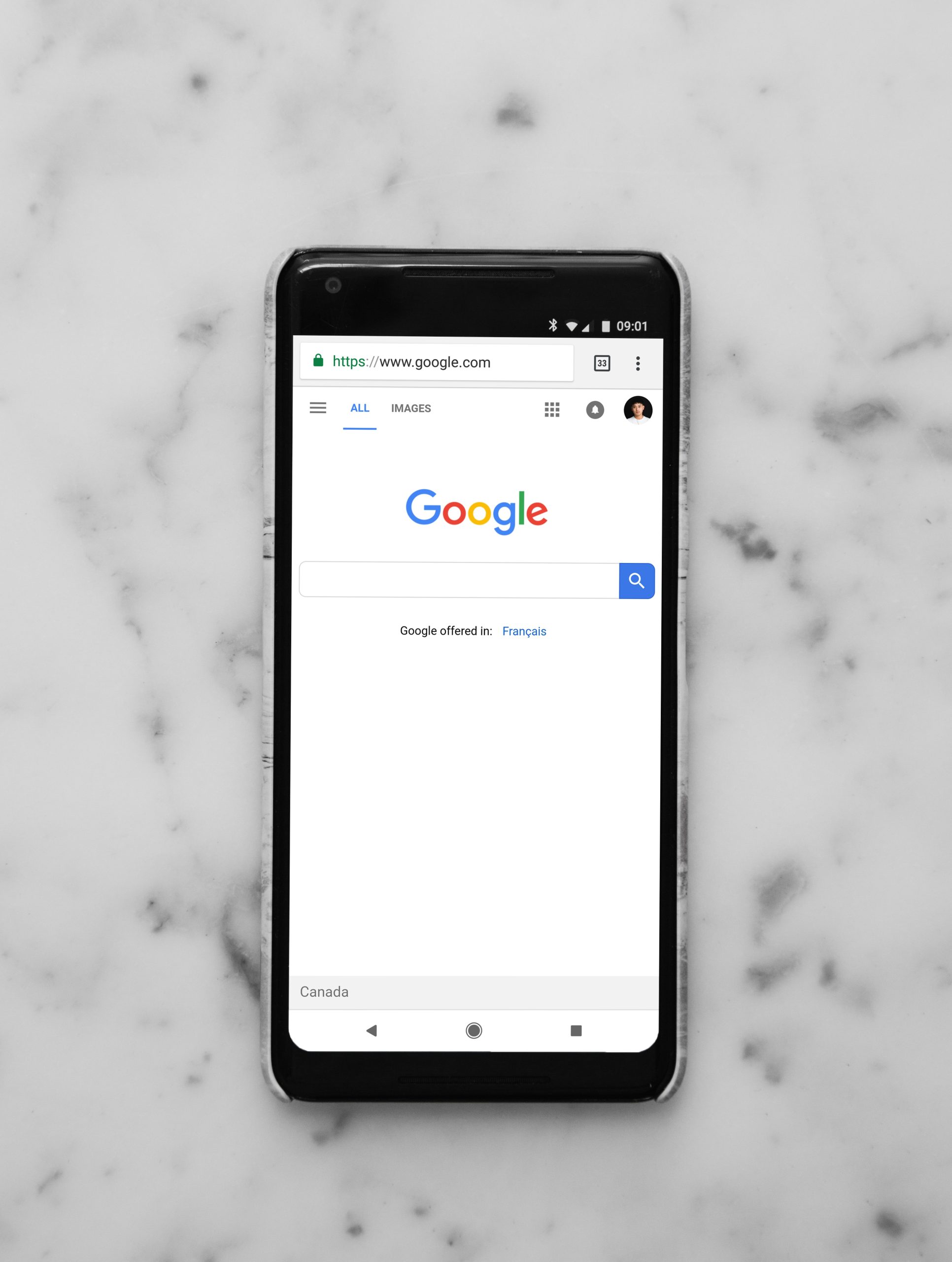Have you ever received an email out of the blue with a link that looks like it was sent from Google Docs? If so, you may have fallen prey to one of the most popular phishing scams going around. Phishing scams are designed to look like they come from legitimate sources to trick users into giving up personal information or clicking on malicious links. This particular scam is particularly clever because it uses the familiar Google Docs logo and branding. In this blog post, we’ll look at what the Google Docs phishing scam is, how to identify it, and how to protect yourself against it. Read on to learn more about this increasingly prevalent threat.
What is phishing?
Phishing is a type of cyberattack that involves tricking someone into clicking on a malicious link or attachment. In the case of the Google Docs phishing scam, victims received an email appearing to be from a trusted source, such as Google or another individual, that contained a link to a fake Google Docs page. Once on the page, victims were prompted to enter their login credentials, which were then stolen by the attackers.
Phishing scams are becoming increasingly sophisticated and can be difficult to spot. However, there are some things you can look for that may indicate you're being targeted:
• The email looks suspicious or contains typos
• You don't know the sender
• You're being asked to click on a link or open an attachment from someone you don't know
If you think you may have been targeted by a phishing attack, it's important to act quickly. Change your passwords and security questions immediately and alert your trusted contacts so they can be on the lookout for suspicious emails purporting to be from you.
How does the Google Docs phishing scam work?
The Google Docs phishing scam is a type of phishing attack that occurs when a malicious actor creates a fake Google Docs link and sends it to a target. When the target clicks on the link, they are taken to a fake Google login page where they are prompted to enter their credentials. If the target enters their credentials, the attacker then has access to their account.
There are several ways that attackers can create fake Google Docs links. One common method is to create a shortened URL using a service like Bitly or goo.gl, and then send the link through email or instant message. Attackers can also create fake websites that look like the real Google Docs website and use them to host their phishing pages.
Once an attacker has access to a victim's account, they can do anything that the victim can do within the account, including reading and sending emails, viewing and editing documents, and adding new users. Attackers can also use the victim's account to gain access to other accounts that are connected to the victim's account, such as Gmail or Google Drive.
How to protect yourself from phishing scams
When it comes to phishing scams, the best defense is a good offense. That means being aware of the types of scams out there and knowing how to spot them.
One of the most common phishing scams is the Google Docs scam. This is where scammers send out emails that look like they’re from Google, asking you to click on a link to view a document. But when you click on the link, you’re taken to a fake website that asks you for your login information.
If you get an email like this, don’t click on the link! Instead, go directly to Google Docs (or whatever another site the email claims to be from) and log in that way. That way, you know you’re going to the real website and not some fake one set up by scammers.
Another way to protect yourself from phishing scams is to never give out your personal information unless you’re sure to who you’re giving it. If someone emails or calls you asking for your Social Security number or credit card information, don’t give it to them! Chances are they’re just trying to steal your identity or commit fraud.
Finally, keep your antivirus and anti-malware software up-to-date. This will help protect your computer from any malicious software that scammers might try to send your way.
What to do if you think you've been scammed
If you think you may have been scammed, there are a few things you should do:
1. Contact your bank or credit card company immediately to report the fraud and cancel any suspicious transactions.
2. Change all of your passwords, especially for any accounts that may have been compromised.
3. Run a virus scan on your computer to check for malware that could have been installed as part of the scam.
4. Be extra vigilant in the future and don't click on any links or attachments from people you don't know.
Conclusion
The Google Docs phishing scam is a dangerous online attack that uses the popular productivity platform to try to steal personal information from unsuspecting victims. If you have received an email about a document shared via Google Docs, make sure to always check its source and be aware of any suspicious activity. By following these simple guidelines, you can protect yourself from this malicious attack and ensure your data remains safe and secure.


